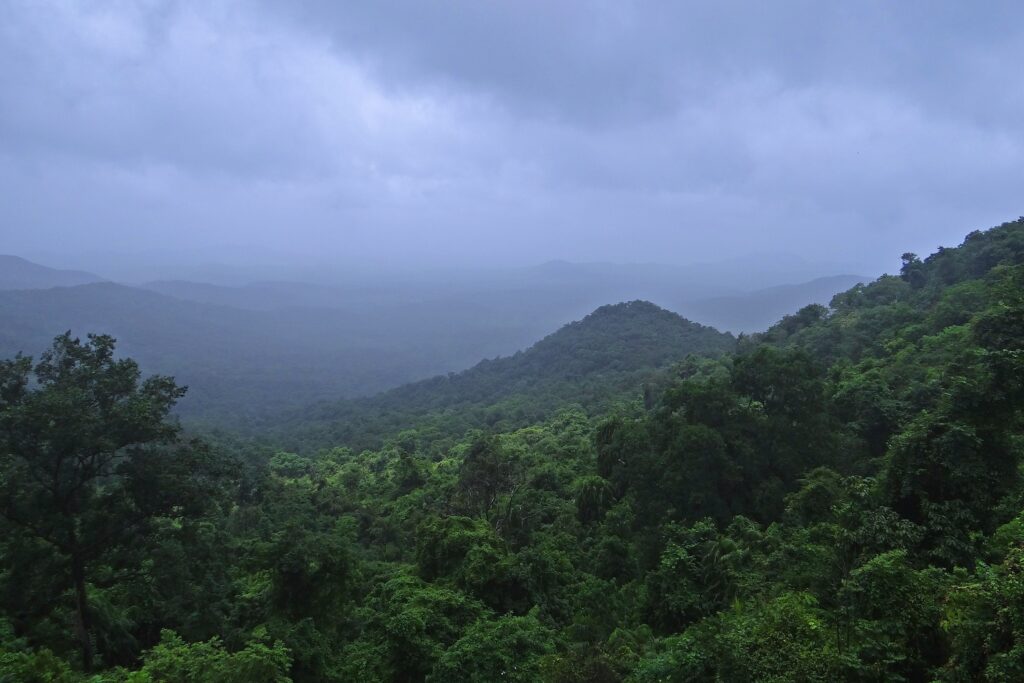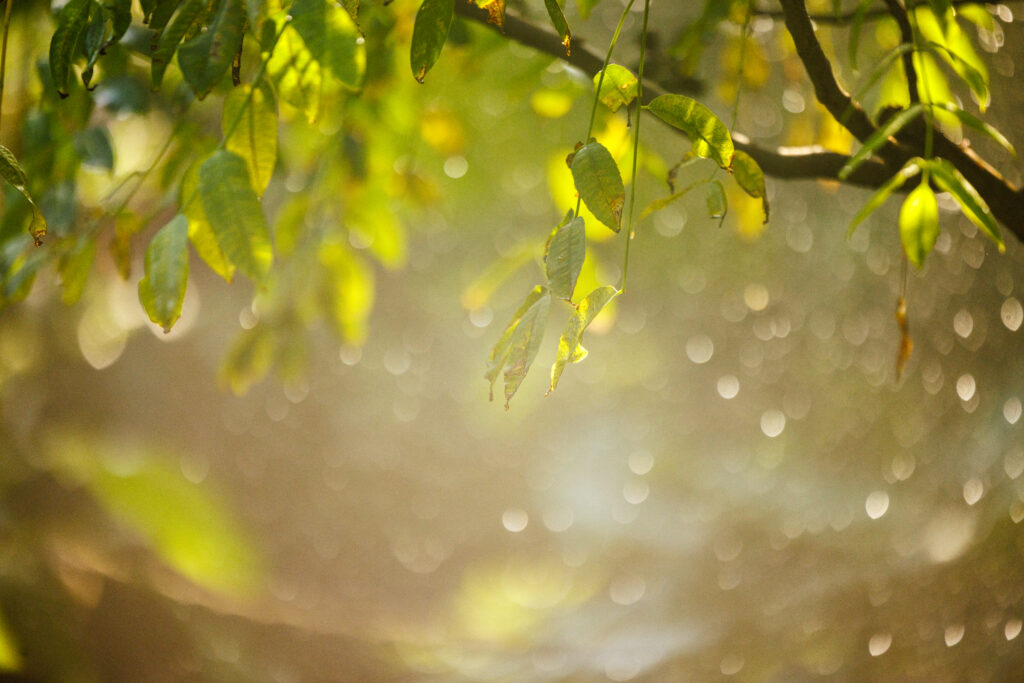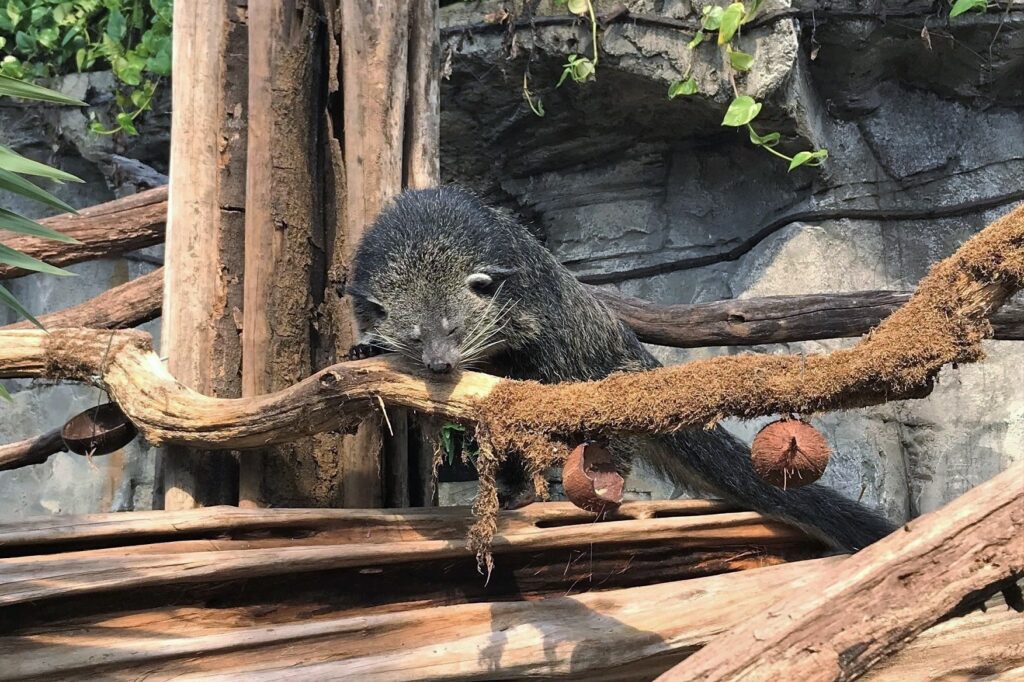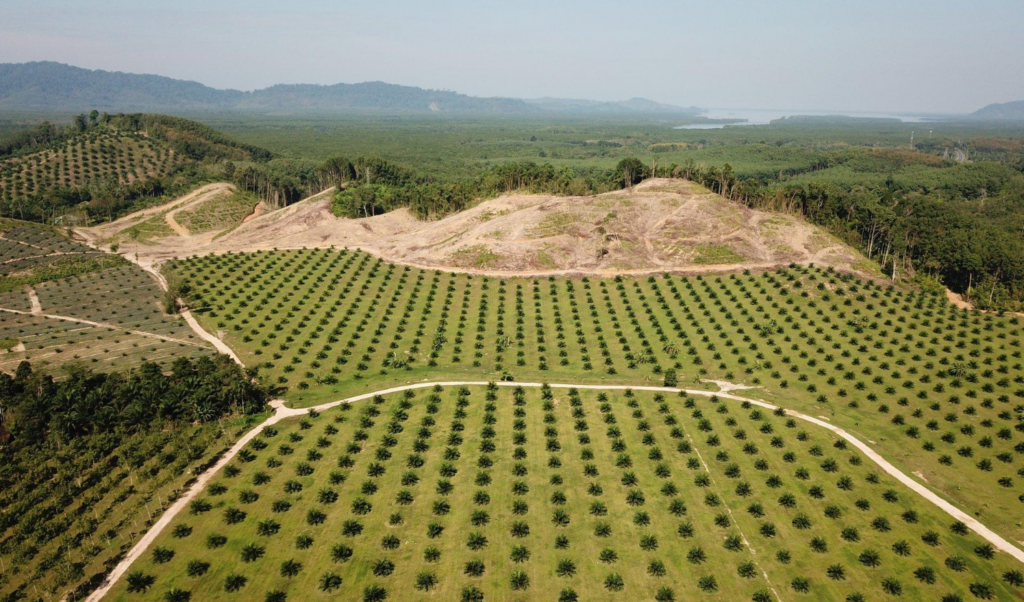At a time when Estonian conservationists are fighting for a reduction in deforestation and for nesting peace, the world’s rainforests are threatened by deforestation, which in turn affects our seemingly remote climate belt. Leif-August Kirs, a nature education specialist at Tallinn Zoo, explains why no country is a perfect example and how what happens in the Amazon inevitably affects us too.
There are different types of forests in the world – for example, here in the midlatitude we are familiar with, we have deciduous, coniferous and mixed forests. The type of forest depends on the climatic zone. The equatorial zone is characterized by tropical rainforests, with warm temperatures throughout the year and high levels of humidity and precipitation.

The rainforest biota is like a cross-section of an apartment building.
“If you think of an apartment block, where you have a basement, a first floor, a second floor – even a loft, in a rainforest it’s the same: there are different layers. There’s the crust layer under our feet, there’s the ground layer, the base layer, where the tree trunks grow out of, there’s the canopy,” says the natural education specialist.
He adds that felling is direct destruction of the rainforest, a practice that is no different in Estonia and South America. The consequence is not only that a few trees are destroyed, but also that plants, animals and fungi are lost. “They all lost their habitat. In Estonia, the forest regenerates in about a hundred years – although this is also problematic with intensive felling – but in rainforests, erosion, flooding and drought play a role after felling, so the felled forest may not regenerate for a very, very long time.”

Binturong chose to live in a tree and operate at night.
Kirs says the fascinating animal that lives in the zoo’s rainforest collection is the binturong, a peculiar carnivore whose main food is fruit. It’s an example of a fascinating adaptation. “In order to reduce the competition and so reduce our chances of survival.

What can Estonians do to protect the rainforest?
Fortunately, we have that opportunity. The biggest exposure is to the products that end up on our supermarket shelves – from tropical timber to different food products. A common rainforest product is palm oil, which is also found in many products on Estonian supermarket shelves.

If at some point the rainforests are no longer there, it is very difficult to predict what the outcome will be: global warming, global cooling, or an unpredictable climate upheaval that will cost humanity in food shortages, droughts and various disasters. If at some point the ecosystem ceases to exist, the result will be unpredictable in one way or another.




